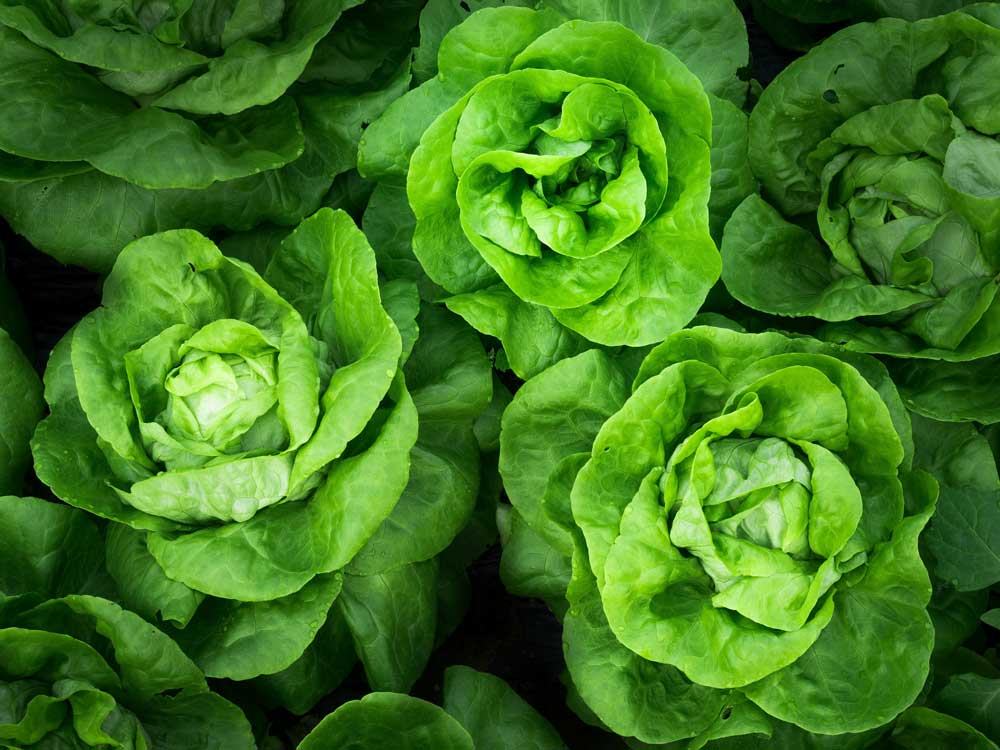Most of us are becoming ever more conscious of the impact our everyday actions have on our environment, driven to build a friendly garden for the environment and wildlife around us. Fortunately, there are plenty of simple ways to get started with sustainable gardening today.
1. Take a Eco-Friendly Approach To Pest Control
Pollinating insects are on the decline due to loss of habitat and changes in agriculture so it’s important not to add to the problem with measures that might harm the beneficial visitors to the garden as well as deterring the more unwelcome ones.
Slug Catcher and Copper Tape are a great alternative to using chemical pellets and many pests can be prevented from reaching your crops by using nets and protective covers – make sure they are fixed tightly over a frame or cage to avoid birds getting caught up in loose netting.

Greenfly and other aphids can be shaken or washed off plants and by encouraging birds into your garden (while protecting your small garden crops with fruit cages) you can enlist their help in keeping bugs and caterpillars under control!
An excellent natural alternative to pesticides is companion planting- choosing to grow plants which are mutually beneficial to each other. Companion planting can also repel unwanted insects as well as add nutrients to the soil.
Companion Planting Combinations To Try
-
French marigolds are excellent grown alongside tomatoes, beans and sweetcorn - they emit a strong odour which wards off greenfly and black-fly.
-
Carrots and leeks are the perfect bedfellows - leeks are a natural repellent to carrot fly while carrots discourage leek moth.
- Anything in the pea family, such as lupins, peas and beans, converts nitrogen from the air and stores it in their roots, naturally benefitting the surrounding soil - Plant near fruit trees for maximum crop and leave the roots in the ground when clearing plants at the end of the season.

2. Choose Your Planting Wisely
Native plant species will attract the greatest number of indigenous bees and other pollinating insects.
If you can leave an area of your garden a little untended to replicate hedgerow or meadow you will reap the benefits of Brambles, dandelions, buttercups and ox-eye daisies which all attract a diverse range of beneficial insects.
3. Make Your Own Compost
If you have the space a compost heap is of huge benefit to your garden and helps cut down on your household waste - recycle natural waste such as vegetable peelings and grass cuttings and you can quickly turn your kitchen waste into an organic fertiliser, making soil richer and healthier.
If you’re short on space then Compost Sacks or a Roll Mix Composter are an ideal alternative. If you buy compost, make sure you opt for a peat-free variety - peat is a non-sustainable resource that is vitally important to conserve.
Coir (coconut fibre) is a great alternative to peat and Growlite is available in blocks and disc which are easy to store and can be hydrated as you need it.
4. Use Sustainable Pots & Planters
It’s important to avoid single use plastics in the garden where you can. This doesn’t necessarily mean replacing all of your plastic pots and trays, but do make sure you look after them well and reuse them year after year – Rootrainers can be used for up to 10 years and then recycled. If you are thinking of investing in some new pots choose materials that are long lasting and age well - pots made from 100% Recycled Waste material are an excellent choice as these are also helping to solve the issue of waste plastic from industrial processes outside of gardening.
If you are thinking of investing in some new pots choose materials that are long lasting and age well - pots made from 100% Recycled Waste material are an excellent choice as these are also helping to solve the issue of waste plastic from industrial processes outside of gardening.
Bamboo Pots and Seed Trays are robust and attractive and can be reused for up to five years – at the end of their life they can simply be broken up and added to your compost heap at home.
Hemp Planters and the Vigoroot™ Range are both excellent and flexible options for use in the greenhouse or on the terrace – they are made from sustainable materials and maximise the yield from your crops allowing you to grow more salads and vegetable crops literally on your doorstep!
5. Use Mulch To Conserve Water
Mulching is another way to minimise water usage: spreading a biodegradable mulch such as compost, leaf mould or wood chippings around a plant or over soil will provide protection from the sun, prevent drying and suppress weeds - Apply a thick layer of mulch from mid- to late spring and autumn, when the soil is moist and warm.
Try to include drought resistant plants in your borders and pots so that you can reduce the amount of watering required and place water butts and troughs wherever you can to make the most of the available rainwater – great for you plants and the environment.
The effects of global warming are already changing the way we garden - As gardeners we are perhaps more aware than anyone of the changes in our climate and the impact of our own personal carbon footprint – sweltering heat, unseasonable heavy rain, big freezes one year barely a frost the next.
With a more environmentally friendly approach, we can all play our part in helping to slow these changes down while still enjoying beautiful and productive gardens.







Leave a comment